Key Takeaways
Pop culture figurines serve as tangible connections between nostalgic memories and contemporary fandoms, creating shared experiences across generations. These collectibles—ranging from retro comic book heroes to modern screen icons—act as conversation starters at conventions, markets, and themed events, fostering connections among attendees with diverse interests. Their appeal lies in blending familiarity with novelty: older fans reconnect with childhood favorites, while newer audiences discover cultural touchstones through updated designs.
Events leveraging pop culture memorabilia often see heightened engagement, as figurines provide a physical anchor for communal storytelling and emotional resonance. For instance, limited-edition releases or event-exclusive designs become instant talking points, reinforcing attendee loyalty. Meanwhile, franchises like Star Wars or vintage comic series demonstrate how figurines transcend time, merging decades-old narratives with current trends.
Importantly, the selection of figurines impacts event success. Organizers prioritize pieces that balance broad recognition with niche appeal, ensuring inclusivity across fanbases. This intentional focus on diversity in design and representation helps build inclusive communities, where even casual fans feel welcomed into deeper cultural exchanges.
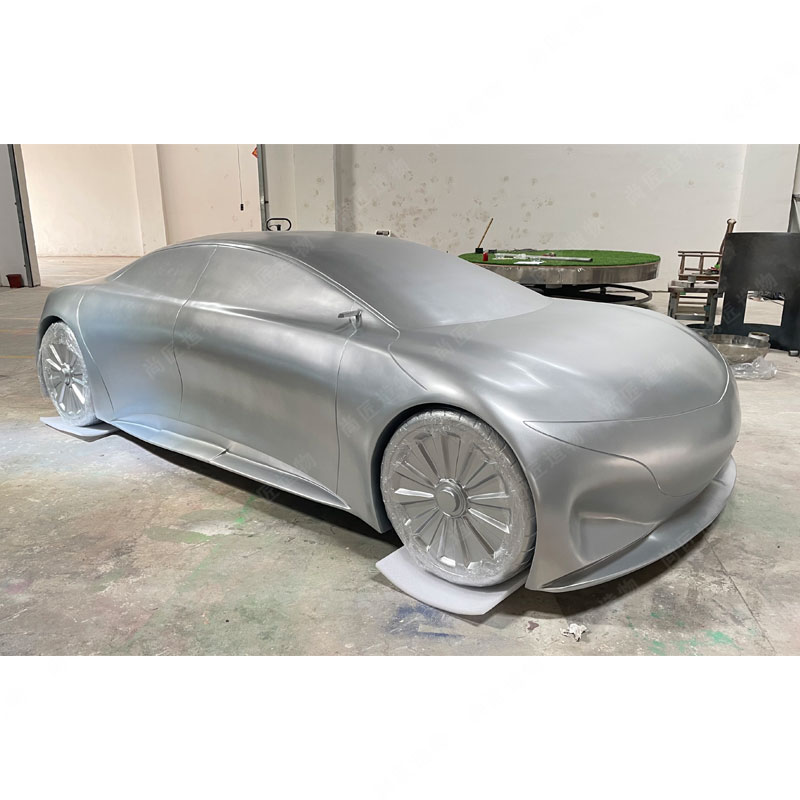
Pop Culture Figurines: Nostalgia Meets Modern Fandom
Pop culture figurines act as tangible bridges between past and present, merging nostalgic appeal with contemporary fandom. These miniature representations—from retro comic book heroes like Spider-Man to modern icons such as Baby Yoda—serve as physical anchors for shared memories and evolving trends. At events like Comic-Con or anime expos, they become conversation starters, allowing older fans to reminisce about childhood favorites while younger attendees discover legacy characters through updated designs.
"Figurines aren’t just toys; they’re cultural artifacts that tell stories across decades," notes a veteran collector. "A Realistic sculpture of a 1980s movie character, for instance, can evoke the same excitement today as it did 40 years ago."
The craftsmanship behind these items plays a key role in their enduring relevance. Limited-edition releases or artist collaborations often blend vintage aesthetics with modern materials, appealing to both traditionalists and new enthusiasts. For event organizers, curating figurines that balance nostalgia and innovation ensures broader engagement—think vinyl toys styled after pixelated video game sprites or minimalist reinterpretations of classic cartoon figures. This duality not only honors cultural heritage but also fuels the cyclical nature of fandom, where yesterday’s trends inspire tomorrow’s creations.
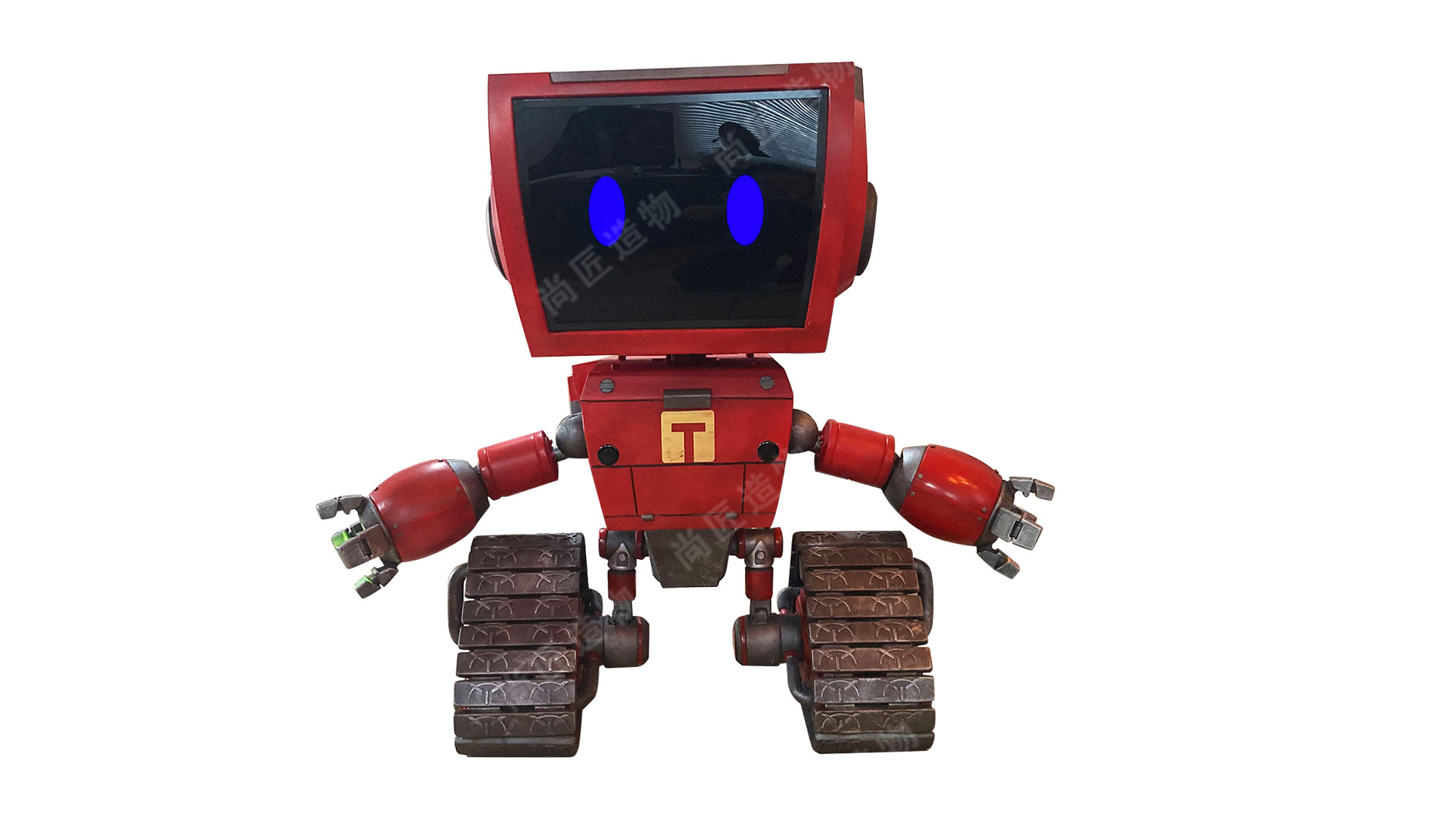
How Event Figurines Unite Generations Through Collectibles
Event figurines act as tangible bridges between generations, merging childhood nostalgia with modern fandoms. For older collectors, these miniatures often represent characters from classic franchises like Star Wars or vintage comic heroes, evoking memories of their youth. Younger attendees, meanwhile, connect with newer icons such as Baby Yoda or characters from streaming series. Shared enthusiasm for these collectibles fosters intergenerational dialogue, as grandparents and grandchildren bond over discussions about design details, story arcs, or the craftsmanship behind IP character sculpture.
| Generation | Common Figurine Interests | Event Interaction Example |
|---|---|---|
| Baby Boomers | Classic sci-fi (Star Trek) | Trading vintage figurines |
| Gen X | 80s/90s cartoons (He-Man) | Panel discussions on retro art |
| Millennials | Anime and gaming characters | Collaborative painting workshops |
| Gen Z | Streaming series (Stranger Things) | Social media unboxing challenges |
Conventions and themed markets amplify this unity by creating spaces where diverse age groups explore shared values—like storytelling excellence or artistic innovation—through collectibles. A 2022 survey by Collector’s Weekly noted that 63% of event attendees engage with someone from a different generation when discussing figurines. This cross-generational exchange not only preserves cultural legacies but also introduces classic characters to new audiences, ensuring their relevance in evolving pop culture landscapes.
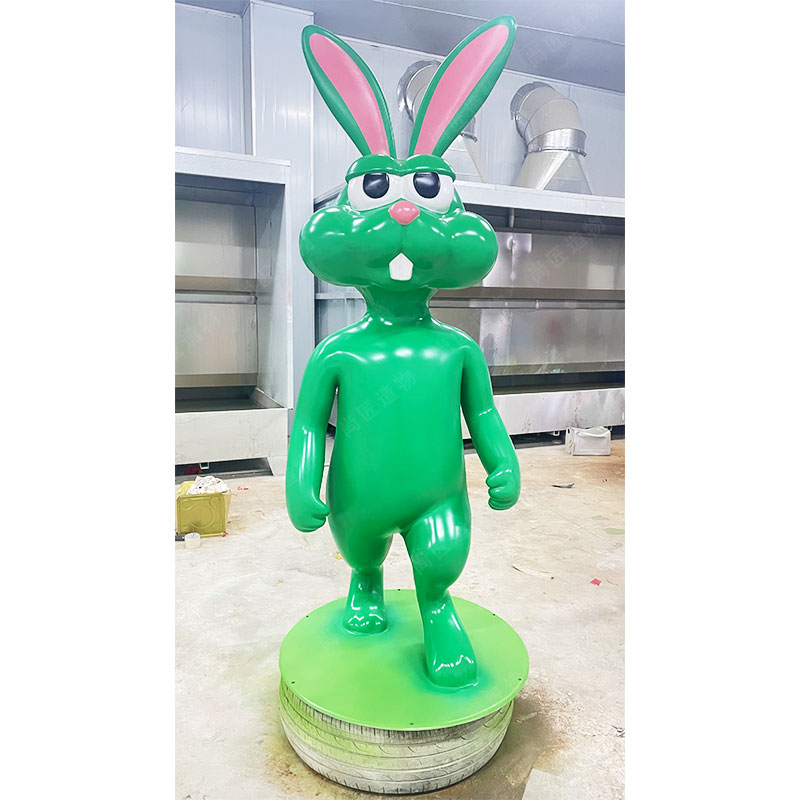
The Role of Pop Culture Icons in Event Memorabilia
Pop culture icons serve as emotional anchors in event memorabilia, transforming fleeting moments into tangible keepsakes. These figurines—whether depicting characters from classic films, retro video games, or trending streaming series—act as physical embodiments of shared cultural touchstones. At conventions or themed parties, they function as conversation starters, allowing attendees to bond over mutual admiration for beloved franchises. For instance, a meticulously crafted Fiberglass sculpture of a vintage superhero might evoke childhood memories for older fans while introducing younger generations to legacy characters.
The strategic use of iconic figures in event merchandise also reinforces brand loyalty. Limited-edition releases or event-exclusive designs create urgency, driving engagement and attendance. Moreover, by blending nostalgia with contemporary aesthetics—such as reimagining 1980s cartoon characters in modern art styles—organizers cater to diverse age groups. This duality ensures that memorabilia remains relevant across generations, bridging gaps between eras of fandom. Ultimately, these icons transcend their role as mere collectibles, becoming symbols of collective identity that attendees carry beyond the event itself.
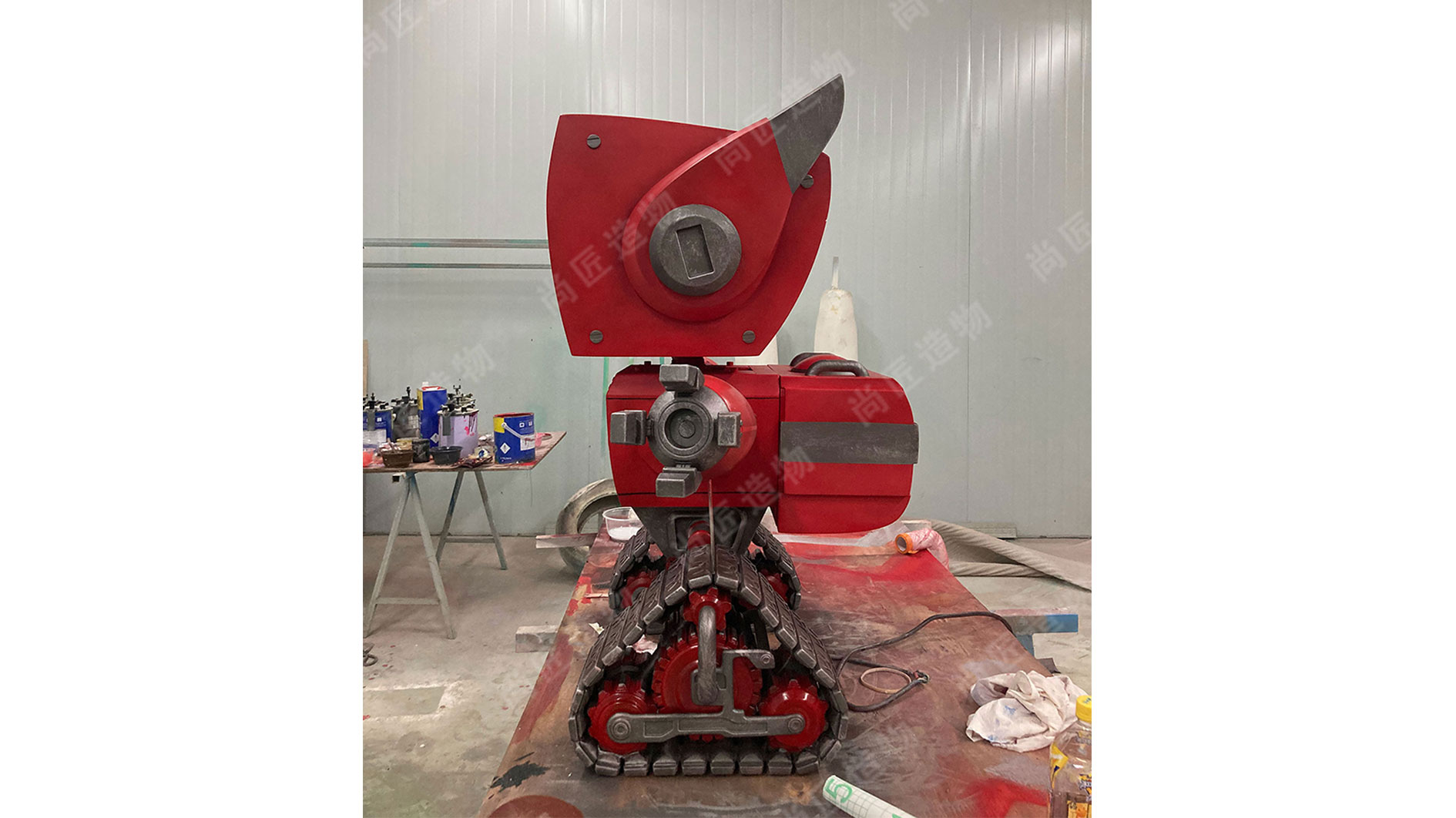
From Baby Yoda to Vintage Comics: Figurines as Cultural Bridges
Pop culture figurines act as tangible threads connecting disparate eras and fandoms. Characters like Baby Yoda, born from streaming-era hits, share shelf space with vintage comic book heroes such as Superman or Wonder Woman at events, creating dialogues between generations. A 2023 study by Event Collectors Quarterly found that 68% of convention attendees engage with figurines outside their primary age group, often sparked by curiosity about older or newer icons. These miniatures transcend mere decoration—they become conversation starters, enabling fans to explain lore, debate character arcs, or reminisce about cultural shifts. For instance, a Gen Z collector holding a Grogu figurine might learn about 1980s Star Wars merchandising trends from a Baby Boomer holding a classic Boba Fett stainless steel sculpture. Meanwhile, retro-styled figurines of Golden Age comics bridge analog nostalgia with digital-age aesthetics, appealing to both longtime enthusiasts and newcomers. By blending old and new, event figurines foster intergenerational connections while preserving evolving narratives—proof that cultural bridges are often built one meticulously painted detail at a time.
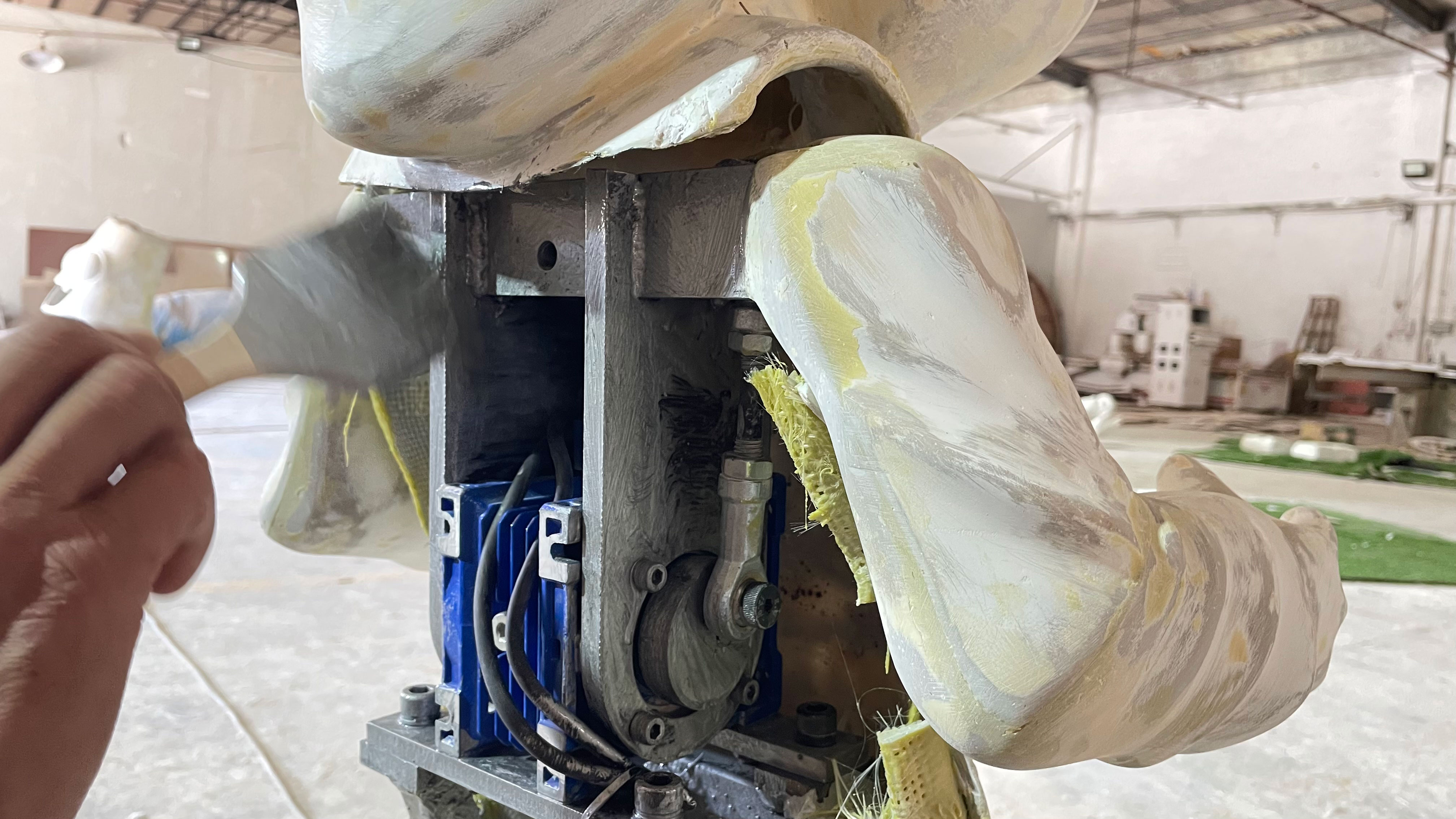
Why Events Thrive on Pop Culture Collectible Engagement
Events centered on pop culture figurines leverage a unique blend of emotional resonance and interactive participation. These gatherings capitalize on fans’ desire to engage with tangible representations of their favorite characters, creating environments where nostalgia intersects with communal celebration. Unlike passive entertainment, collectible-focused events—such as comic conventions or themed markets—encourage tactile exploration, from examining intricate kinetic sculpture-inspired designs to trading rare editions. This hands-on interaction fosters deeper connections between attendees, as shared enthusiasm for franchises like Star Wars or vintage comic heroes becomes a social currency.
Economically, such events benefit from the collectibles’ dual role as memorabilia and investment pieces. Limited-edition figurines drive ticket sales and vendor revenue, while exclusive releases create urgency. Psychologically, they tap into the human tendency to curate personal narratives through objects—each figure symbolizes a story, memory, or identity. For organizers, this translates to repeat attendance, as fans return to expand collections or reconnect with like-minded communities. By blending commerce with fandom, these events transform transient trends into enduring cultural touchstones, ensuring their relevance across generations.
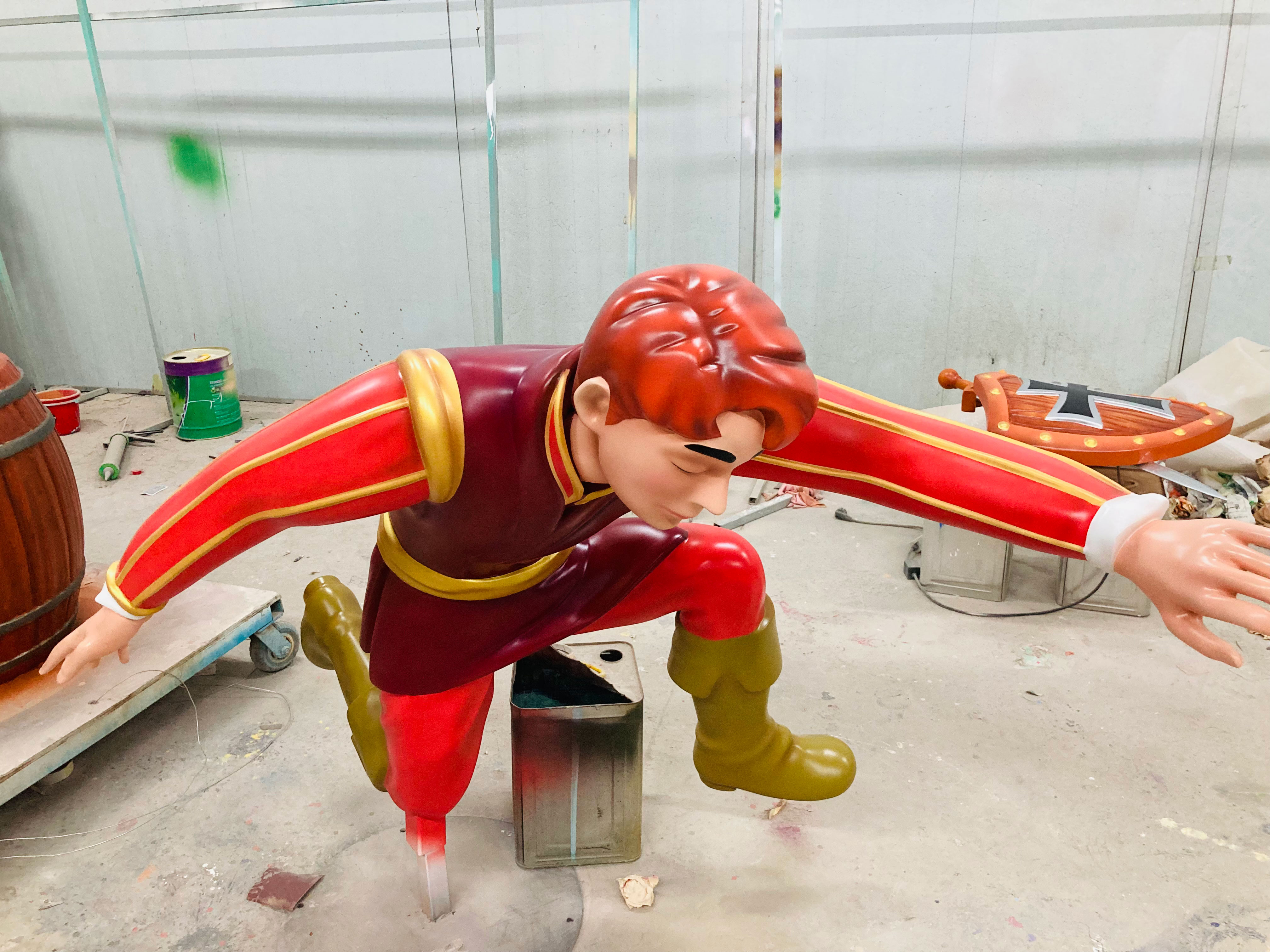
Building Communities with Event-Themed Figurines
Event-themed pop culture figurines act as social catalysts, transforming gatherings into shared experiences that foster belonging. At conventions, comic markets, or themed parties, these miniature representations of beloved characters—from retro superheroes to modern streaming icons—create common ground for attendees. Attendees often trade, display, or discuss figurines, sparking conversations that transcend age or background. For instance, a Cartoon sculpture of a 1980s animated character might connect older fans with younger enthusiasts, bridging generational gaps through mutual appreciation. Event organizers increasingly leverage limited-edition releases or collaborative art projects, encouraging participants to co-create custom designs. This collaborative energy strengthens communal ties, as collectors bond over rare finds or DIY customization techniques. By focusing on niche fandoms—such as anime subcultures or indie gaming communities—these figurines amplify the sense of identity and solidarity that defines pop culture events. The result is a self-sustaining ecosystem where memorabilia fuels connection, and connection, in turn, fuels the demand for more meaningful collectibles.
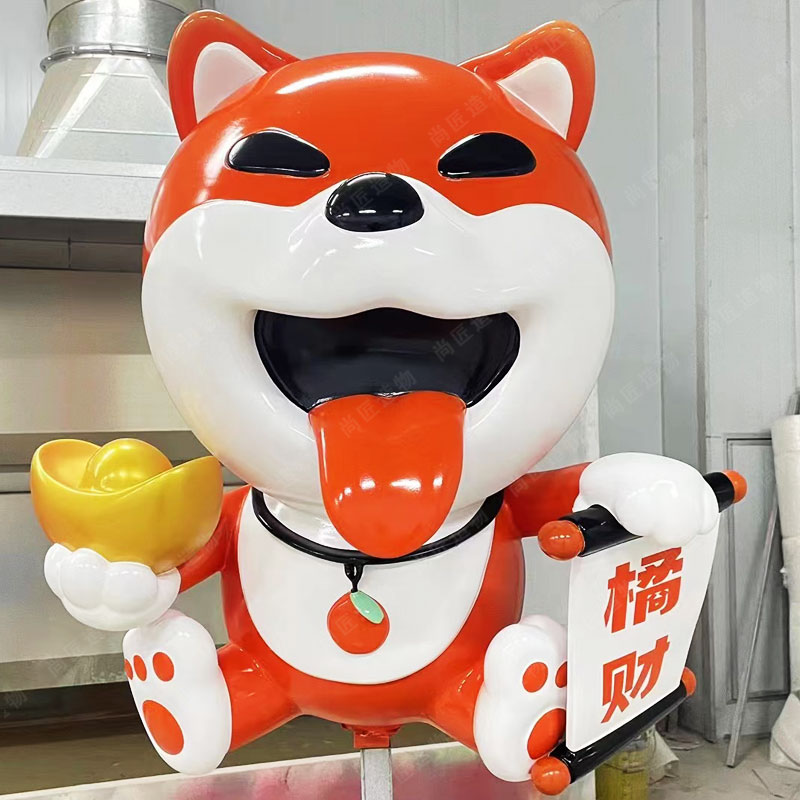
The Evolution of Pop Culture Figurines in Social Gatherings
The role of pop culture figurines in social events has shifted dramatically over decades, reflecting broader changes in fandom and manufacturing. In the 1960s and 1970s, event merchandise often centered on mass-produced toys tied to TV shows like Star Trek or comic book heroes, designed primarily for children. By the 1990s, conventions began catering to adult collectors, with limited-edition figurines becoming status symbols. Advances in 3D printing and digital sculpting later enabled hyper-detailed designs, allowing niche franchises and indie creators to thrive. Today, events blend nostalgia with innovation—vinyl “mystery box” figures appeal to retro enthusiasts, while augmented reality-enabled collectibles attract tech-savvy fans.
This evolution mirrors how gatherings themselves have transformed. Early comic book swaps focused on transactional exchanges, but modern conventions prioritize communal experiences. Figurines now serve as icebreakers, conversation starters, and even collaborative art projects at workshops. Materials have also diversified, shifting from brittle plastics to durable resins and eco-friendly composites. Crucially, the rise of social media has turned event-exclusive figurines into shareable content, amplifying their cultural reach. These changes highlight how figurines transitioned from passive collectibles to active tools for connection, adapting to each generation’s expectations of both artistry and interactivity.
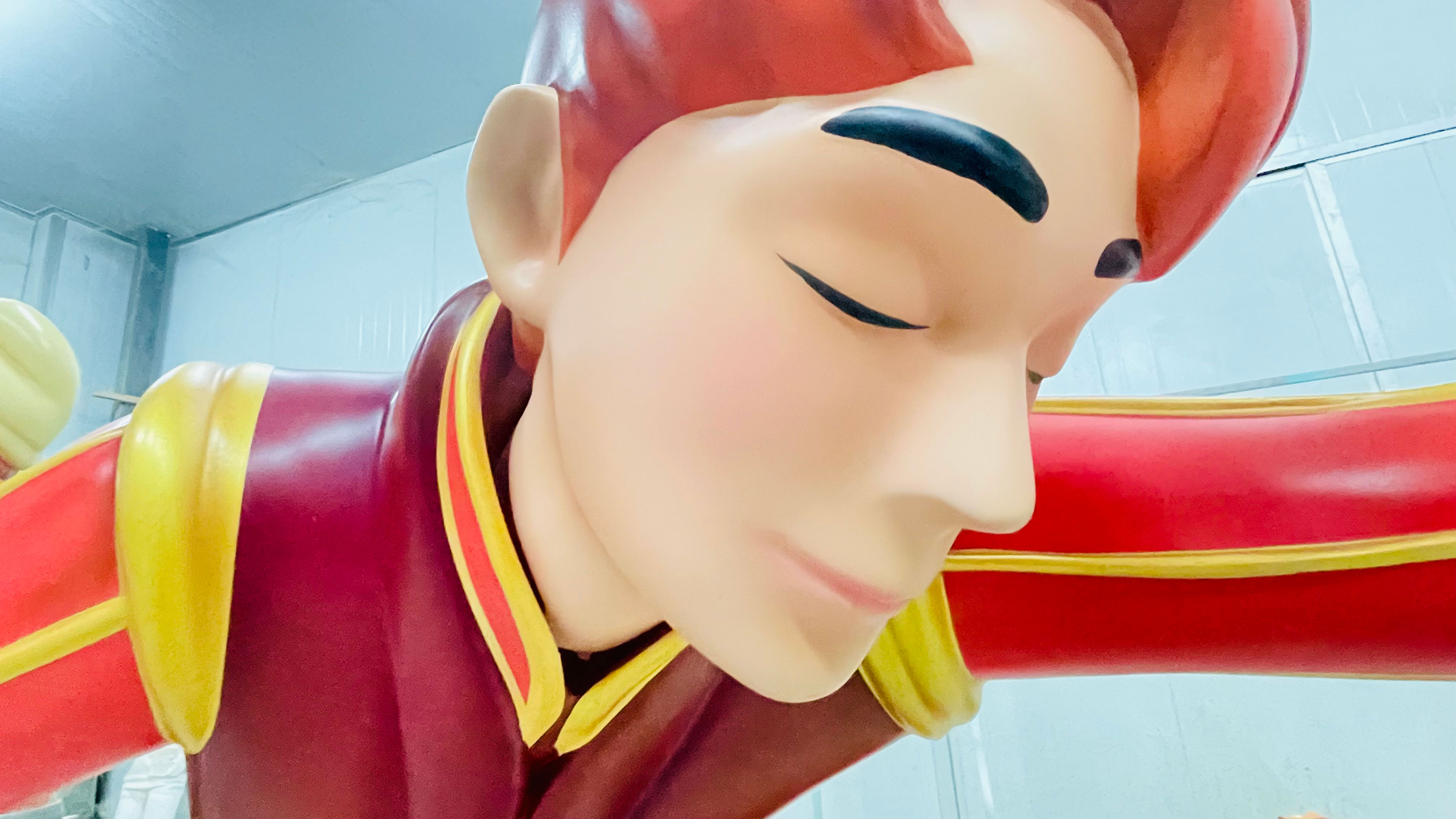
Choosing Figurines That Spark Joy at Fandom Events
Selecting the right pop culture figurines for events hinges on understanding what resonates with attendees. Prioritize characters with strong nostalgic ties or modern relevance—think Baby Yoda for newer fandoms or retro superheroes for vintage comic enthusiasts. Event organizers often survey fan communities to identify trending icons, ensuring figurines align with the theme’s emotional pulse. For example, anime conventions might spotlight figures from breakout series, while comic expos favor heroes with decades-long legacies.
Durability and interactivity also matter. Figurines designed for display or light handling encourage engagement, like poseable action figures or limited-edition vinyl statues. Pairing these with storytelling elements—such as backstory cards or QR codes linking to trivia—deepens the connection. A balance between mainstream appeal and niche favorites ensures inclusivity, catering to both casual fans and hardcore collectors. By focusing on shared cultural touchstones, events transform figurines from mere souvenirs into catalysts for joy and camaraderie.
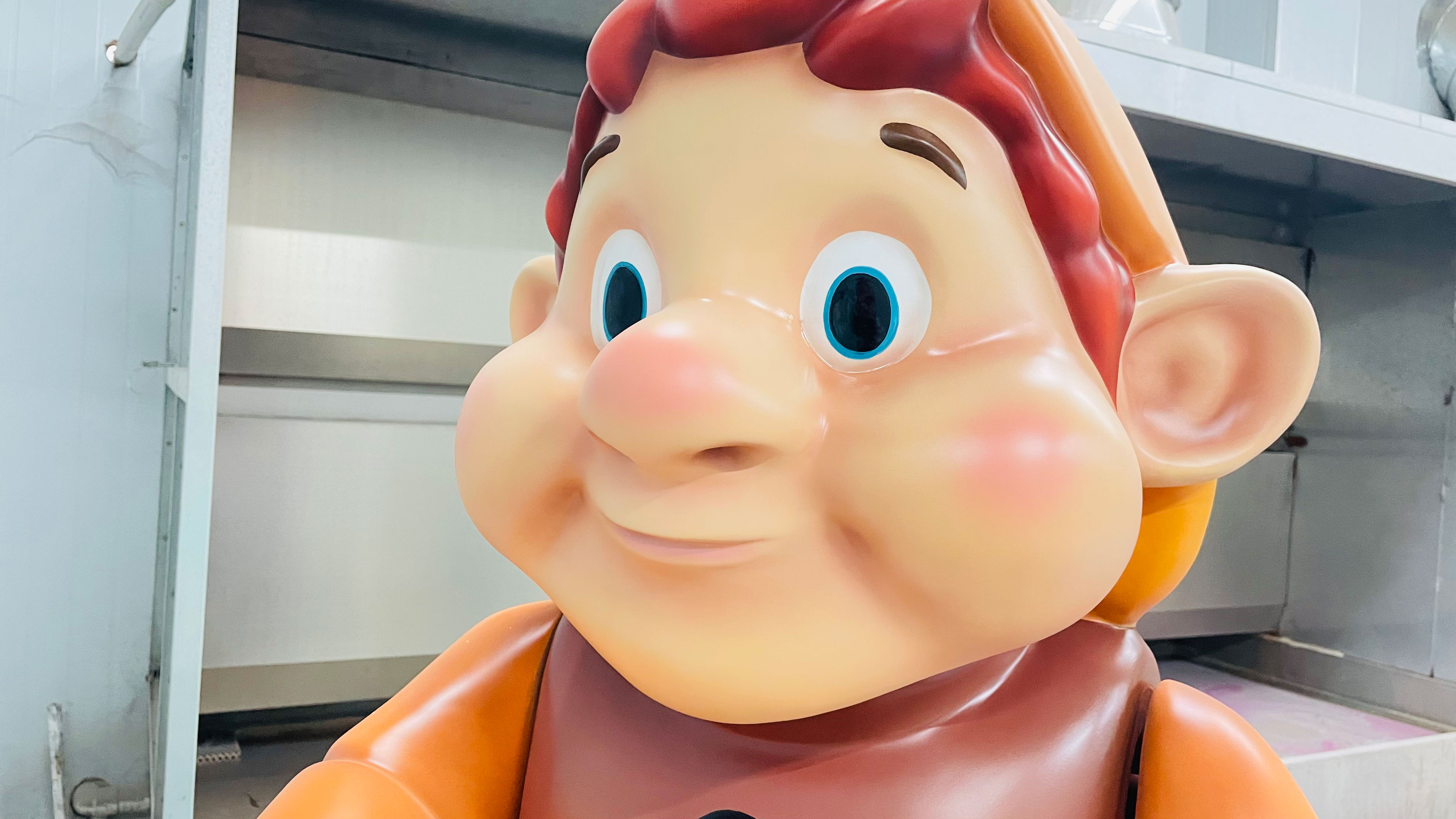
Conclusion
Pop culture figurines have solidified their role as more than mere event souvenirs—they act as tangible threads weaving together shared memories and contemporary fandoms. As explored throughout this article, these collectibles transcend generational divides by honoring iconic characters from vintage comics to modern screen sensations. Their presence at conventions, markets, and themed gatherings fosters organic connections, allowing attendees to bond over mutual appreciation for stories that shaped their lives.
The enduring appeal lies in their dual function: preserving nostalgia while adapting to evolving trends. Event organizers leverage this dynamic by curating figurines that resonate with diverse audiences, ensuring relevance whether celebrating retro franchises or viral phenomena. By blending artistry with cultural significance, these miniatures transform fleeting moments into lasting keepsakes, reinforcing the communal spirit that defines pop culture itself. Ultimately, their power stems from an ability to spark joy, ignite conversations, and remind us that even in fragmented digital eras, physical tokens of shared passion remain irreplaceable.
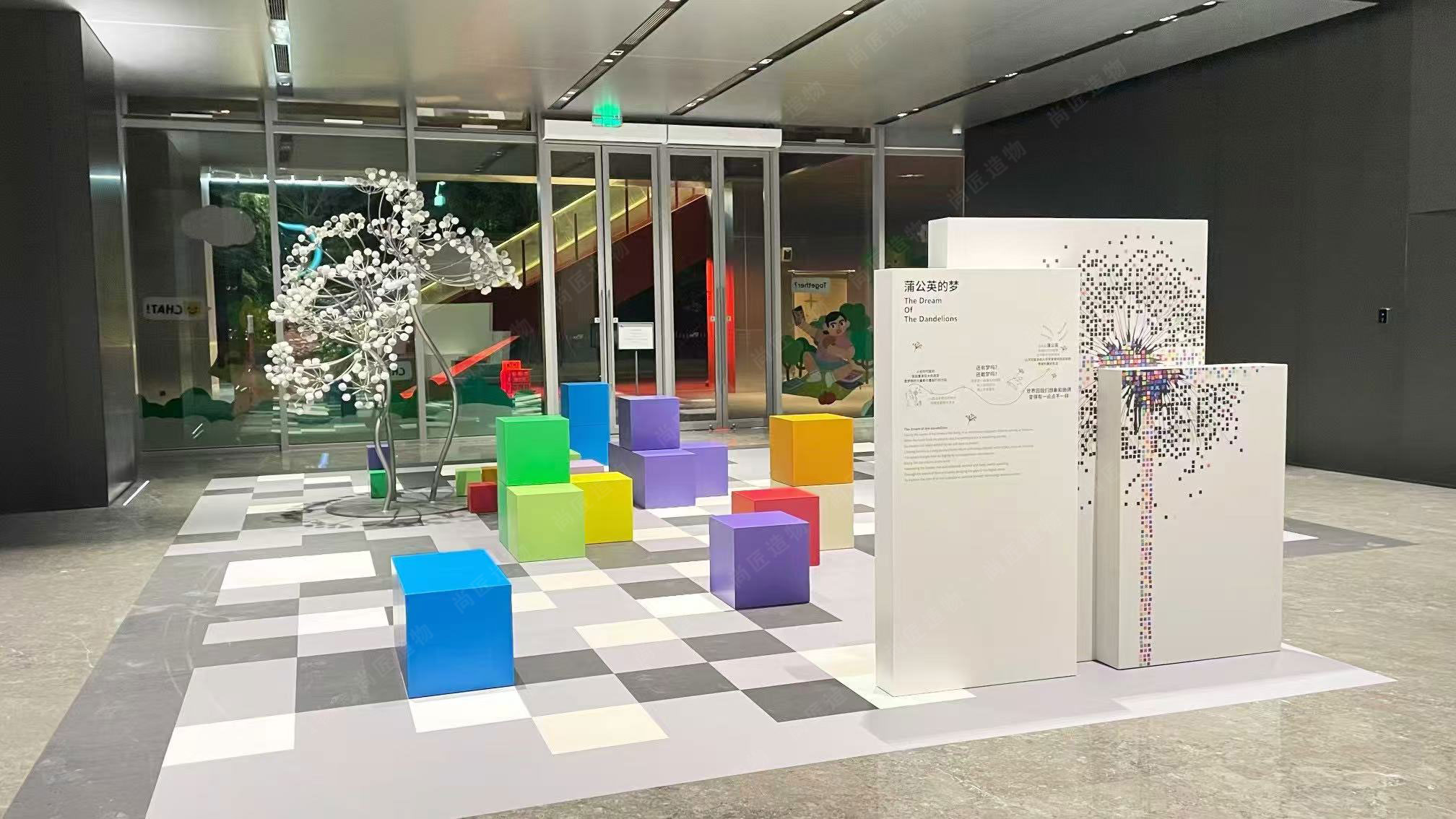
Frequently Asked Questions
What defines a pop culture figurine in event settings?
These figurines are miniature representations of characters, symbols, or icons from movies, TV shows, comics, or gaming franchises. At events, they serve as tangible connections to shared fandoms, often blending nostalgia with contemporary trends to appeal to diverse audiences.
How do event figurines bridge generational gaps?
By featuring both vintage characters (like classic comic heroes) and modern icons (such as Baby Yoda or Stranger Things figures), they create common ground. Older attendees relive childhood memories, while younger fans engage with current media, fostering intergenerational dialogue.
Why are pop culture collectibles popular at conventions and markets?
They tap into emotional resonance—attendees often seek memorabilia that reflects their identity within a fandom. Limited-edition event-exclusive figurines also drive urgency, turning casual buyers into dedicated collectors.
What makes a figurine "event-worthy"?
Designs tied to event themes or anniversaries (e.g., a Spider-Man figure for a Marvel convention) tend to succeed. Portability, affordability, and display potential are key factors, ensuring they’re practical souvenirs for attendees.
How do these figurines strengthen fan communities?
Shared excitement over rare finds or collaborative custom designs encourages interaction. Many events host figurine trading sessions or DIY workshops, transforming passive collecting into active participation.
Are there sustainability concerns with event figurines?
Some organizers now partner with eco-conscious manufacturers, using recycled materials. Others promote "upcycling" old figurines through repainting contests, aligning with growing environmental awareness in fandom spaces.
 ch
ch English
English






